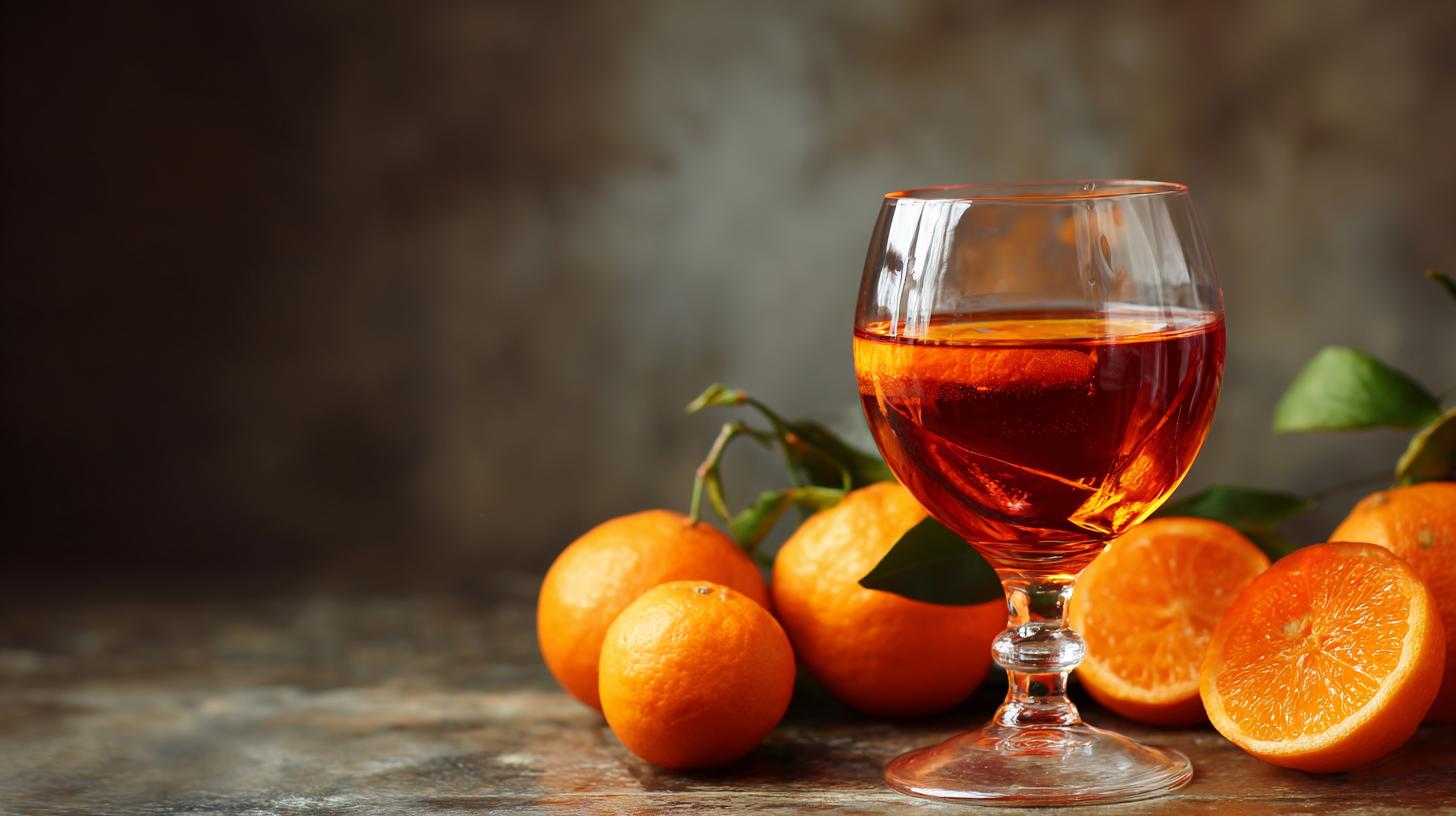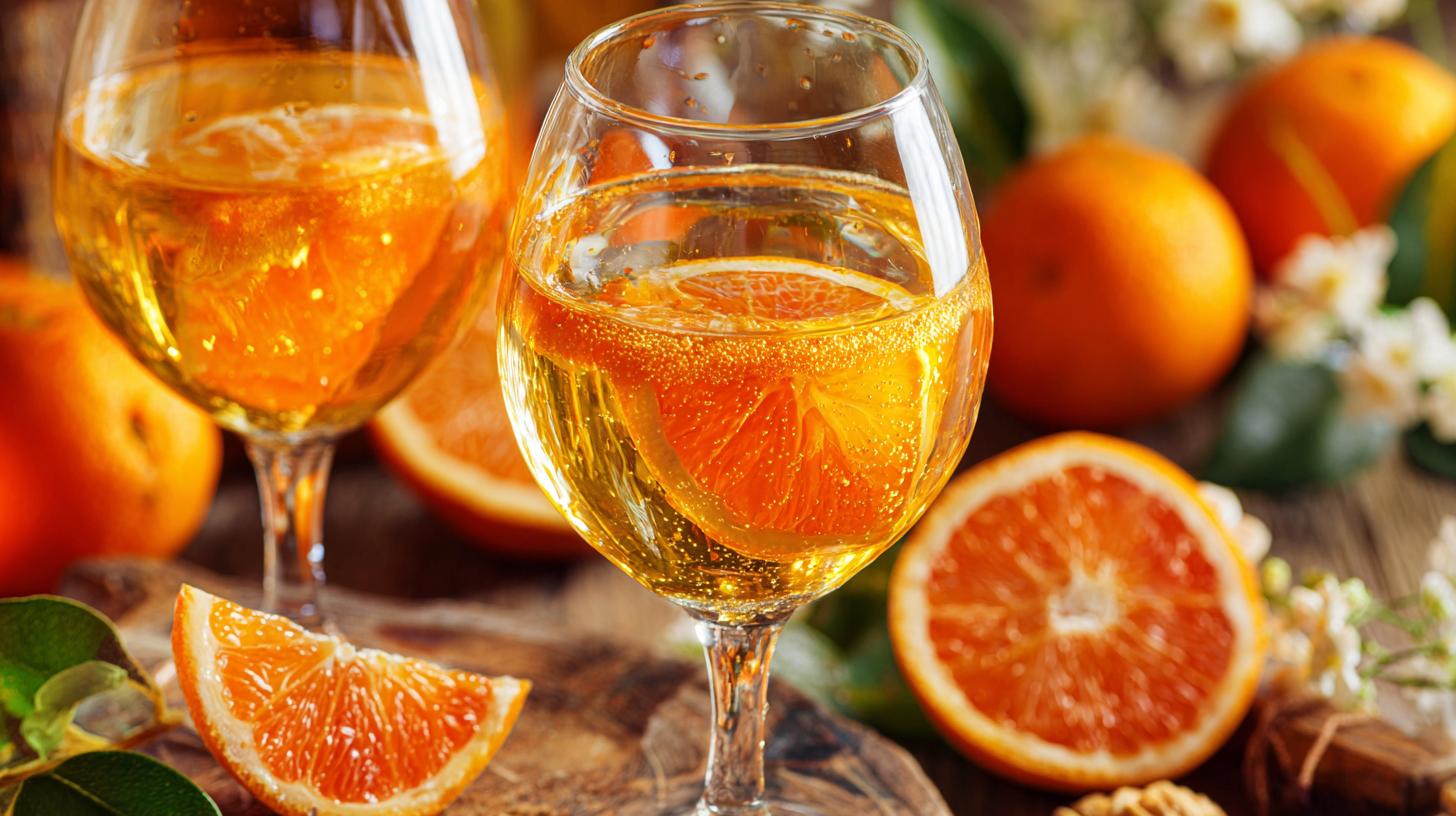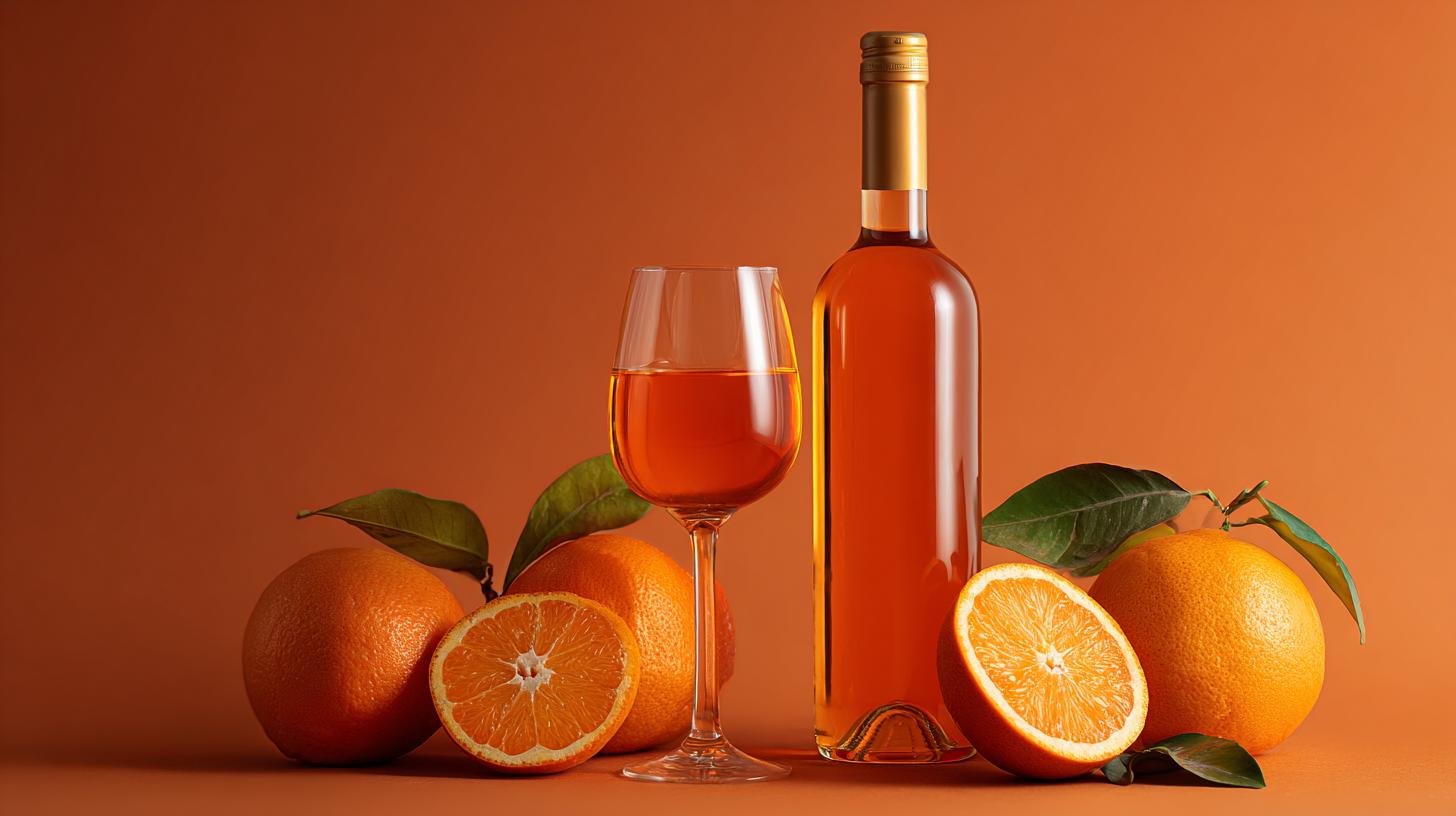When you hear the term “orange wine,” it might initially conjure images of a citrusy, brightly colored beverage. However, orange wine, especially as it is known in the wine community today, is a fascinating, ancient style of winemaking that has been experiencing a resurgence in popularity. At the heart of this revival is Georgia, the country nestled in the Caucasus region, often considered the cradle of winemaking civilization. Georgian orange wine, sometimes referred to as skin-contact wine, is drawing attention from sommeliers, wine enthusiasts, and curious casual drinkers alike. Why is this distinctive type of wine gaining traction worldwide? To understand, we need to unpack its historical roots, the unique traditions involved in its production, and the qualities that make it stand out in a crowded wine market.
The Origins of Georgian Orange Wine and Skin-Contact Wine

The story of Georgian orange wine is deeply entwined with centuries—possibly millennia—of winemaking history. Georgia’s winemaking tradition dates back over 8,000 years, with the discovery of ancient wine vessels called qvevri that have been unearthed across the region. These large clay pots are buried underground and used for fermenting and aging wine in a natural, oxygen-controlled environment.
Unlike modern winemaking techniques which often involve fermenting juice separated from grape skins, Georgian orange wine is made by fermenting white grapes with their skins and seeds intact. This process—known as skin-contact—gives the wine its distinctive amber or orange hue, unique tannin structure, and complex flavor profile. The term “skin-contact wine” is more descriptive than “orange wine,” but both are used interchangeably in contemporary wine conversations.
What Exactly Is Skin-Contact Wine?
Skin-contact wine production involves allowing the grape juice to ferment while remaining in contact with the grape skins and seeds for days, weeks, or sometimes even months. This method is common in red wine production, where the skins provide color, tannins, and flavor. However, for white grapes, this approach is less typical, as white wines are usually fermented without skins to keep them light and clear.
With Georgian orange wine, the extended skin contact with white grape varieties produces wines that are not quite red and not quite white. The resulting wine has an amber color and a texture and flavor complexity that challenges traditional wine expectations.
How Qvevri Wine Is Made: The Traditional Georgian Method
Central to Georgian orange wine is the use of the qvevri, a unique and ancient tool in winemaking. The qvevri is a large, egg-shaped clay vessel that can hold from a few dozen liters to several thousand liters of wine. These vessels are buried within the soil so that the temperature inside remains relatively constant throughout the year, creating an ideal environment for natural fermentation and aging without temperature fluctuations.
Here is how qvevri wine is typically made:
- First, grapes are harvested and crushed, with the skins left in the mix.
- The crushed grapes, juice, skins, seeds, and sometimes stems, are placed directly into the qvevri.
- The vessel is sealed tightly, often with a wooden lid and sealed with clay or beeswax, then buried underground.
- Natural yeast present on the grape skins initiates fermentation, which occurs over weeks or months.
- After fermentation, the wine remains in contact with the solids, extracting additional tannins, flavors, and color.
- The wine matures in this sealed environment for several months before being removed and bottled.
This method avoids the modern intervention of adding cultured yeast, filtration, or fining agents, embracing a naturalistic approach to winemaking. The result is a complex wine with rich textures, deeper color, and often unique aromatic profiles.
Comparison: Qvevri Wine vs. Conventional Winemaking
| Aspect | Qvevri Wine | Conventional Winemaking |
|---|---|---|
| Fermentation Vessel | Large clay amphora buried underground | Stainless steel tanks or wooden barrels |
| Yeast | Natural, indigenous yeast | Often cultured or controlled yeast strains |
| Skin Contact | Extended contact with skins/seeds (especially for white grapes) | Minimal to no skin contact for white wines |
| Filtration | Usually none or minimal | Commonly filtered and fined |
| Flavor & Texture | Complex, tannic, and textured with earthy and savory elements | Often clean, crisp, and light-bodied for white wines |
| Color | Amber to deep orange hues | Usually pale yellow to golden |
This comparison highlights how qvevri wine, and by extension Georgian orange wine, retains a distinct identity unlike many mainstream wines, captivating those looking for authenticity and a deeper connection to ancient techniques.
Why Is Orange Wine from Georgia Gaining Popularity Now?

The current trend toward Georgian orange wine isn’t merely about marketing nostalgia, but a response to changing consumer tastes and broader wine culture dynamics. Several factors contribute to the surge in attention:
1. Desire for Authenticity and Tradition
In a world dominated by industrially produced wines, many drinkers are seeking out authentic, artisanal options with traditional roots. Georgian winemakers using qvevri continue to practice core winemaking techniques that have been preserved for millennia. This appeal to cultural heritage and artisanal craftsmanship is a significant draw for wine enthusiasts.
2. Curiosity About Natural and Organic Wines
Georgia’s approach to orange wine aligns closely with the natural wine movement, which emphasizes minimal intervention. Without added chemicals, filtration, or commercial yeasts, skin-contact wine crafted in qvevris offers a product that often feels pure and unmanipulated. This authenticity is very much in vogue, as consumers become more aware of wine production methods and seek healthier, more “natural” choices.
3. Unique Flavor Profiles Offering New Experiences
The taste of orange wine differs from typical whites and reds, providing a useful alternative for those wanting something different. Expect to find complex, savory notes with hints of nuts, dried fruits, tea, spices, and sometimes a slight tannic grip reminiscent of red wine’s texture. This flavorful profile appeals to adventurous palates as well as culinary professionals looking for wines that pair well with diverse dishes, from rich meats to ethnic cuisine.
4. Increased Global Connectivity and Wine Exploration
Thanks to global travel, online wine sales, and social media, wine drinkers worldwide are more exposed to varieties from regions like Georgia that were once lesser-known in the international market. Wine festivals, tastings, and influencer recommendations have played a significant role in shining a spotlight on Georgian orange wine and its unique qvevri wine tradition.
Varietals Commonly Used in Orange Wine Georgia
Georgia boasts numerous indigenous grape varieties utilized in orange wine production, each imparting its unique character to the final product. Here are a few notable grapes often used to make qvevri or skin-contact wines:
| Grape Variety | Characteristics | Typical Wine Profile |
|---|---|---|
| Rkatsiteli | One of the most widely planted white grapes in Georgia | High acidity, floral and citrus aromas, good aging potential |
| Mtsvane | Often blended with Rkatsiteli | Fruity and aromatic with notes of green apple and herbs |
| Kisi | Known for aromatic complexity and balanced acidity | Rich, with notes of quince, honey, and subtle tannins |
| Chinuri | Light-bodied grape variety | Bright acidity with floral and citrus character |
| Tsitska | Native grape yielding softer wines | Light, fresh, often used in blends |
These varietals are typically vinified with their skins in a qvevri, crafting wines that reflect the terroir and traditions of specific Georgian regions such as Kakheti, Kartli, and Imereti.
Pairing Georgian Orange Wine with Food

One of the compelling aspects of orange wine, including Georgian skin-contact wine, is its versatility at the dinner table. The tannic structure and complex flavors mean these wines can pair with a broad range of foods, often in surprising and complimentary ways.
Below is a list of food pairing ideas well-suited to orange wine Georgia:
- Cheese: Hard cheeses like aged Gouda or Parmigiano-Reggiano, or pungent sheep’s milk cheeses such as Manchego.
- Roasted or grilled meats: Pork, turkey, and even richer cuts of beef benefit from orange wine’s tannin and acidity.
- Spicy or aromatic dishes: Middle Eastern, Indian, or Georgian dishes like khachapuri (cheese bread) and chakapuli (herb and lamb stew) match beautifully.
- Vegetarian fare: Earthy vegetables such as roasted root vegetables, mushrooms, or lentil-based dishes.
- Seafood: Orange wine can pair intriguingly with shellfish and oily fish, especially when prepared with spices or herbs.
The acidity and texture of skin-contact wines allow them to stand up to complex flavors, making them a favorite among chefs exploring novel wine and food combinations.
Challenges and Misconceptions About Georgian Orange Wine
While the excitement about orange wine Georgia is growing, there remain challenges and misunderstandings that some consumers face when encountering this style for the first time.
Firstly, the color and taste can surprise those used to typical white wines. The pronounced tannins, slight bitterness, or oxidative notes may be off-putting to newcomers expecting a crisp, clean white wine. This makes it important for producers and educators to guide consumers toward understanding what they are tasting and appreciating.
Secondly, the term “orange wine” itself sometimes creates confusion. Since it is neither a wine made from oranges nor strictly an orange-flavored wine, some buyers might hesitate or misunderstand product labels. Using the more descriptive term “skin-contact wine” helps clarify but hasn’t yet fully replaced “orange wine” in popular usage.
Additionally, producing qvevri wine is labor-intensive and time-consuming, which means these wines can be more expensive and less available outside specialty markets. However, this rarity and the artisanal effort involved help maintain its allure.
The Future of Orange Wine in Georgia and Beyond
As more consumers search for authenticity and new taste experiences, the spotlight on Georgian orange wine and qvevri wine is likely to shine brighter. Winemakers in Georgia, along with innovative producers worldwide inspired by these traditions, continue to explore skin-contact techniques, pushing boundaries in natural and minimal-intervention winemaking.
Growing interest from sommeliers, importers, and wine educators ensures that more people gain exposure to these distinctive wines. Coupled with global trends favoring organic, biodynamic, and natural wines, Georgian orange wine stands as a compelling example of how ancient methods can find relevance in contemporary wine culture.
This trend also rejuvenates interest in preserving traditional winemaking heritage, fostering pride in indigenous grape varieties, and maintaining cultural identity through craft. For wine lovers, exploring Georgian orange wine opens a gateway to understanding wine history, geography, and the deep human connection to the earth and vine. Whether sipped casually or paired with a thoughtfully prepared meal, these wines invite drinkers to pause, reflect, and savor something profoundly different from the typical wine experience.
For those curious about expanding their wine horizons, seeking out orange wine Georgia offers an adventure in flavor and history, bridging thousands of years of tradition with modern appreciation.